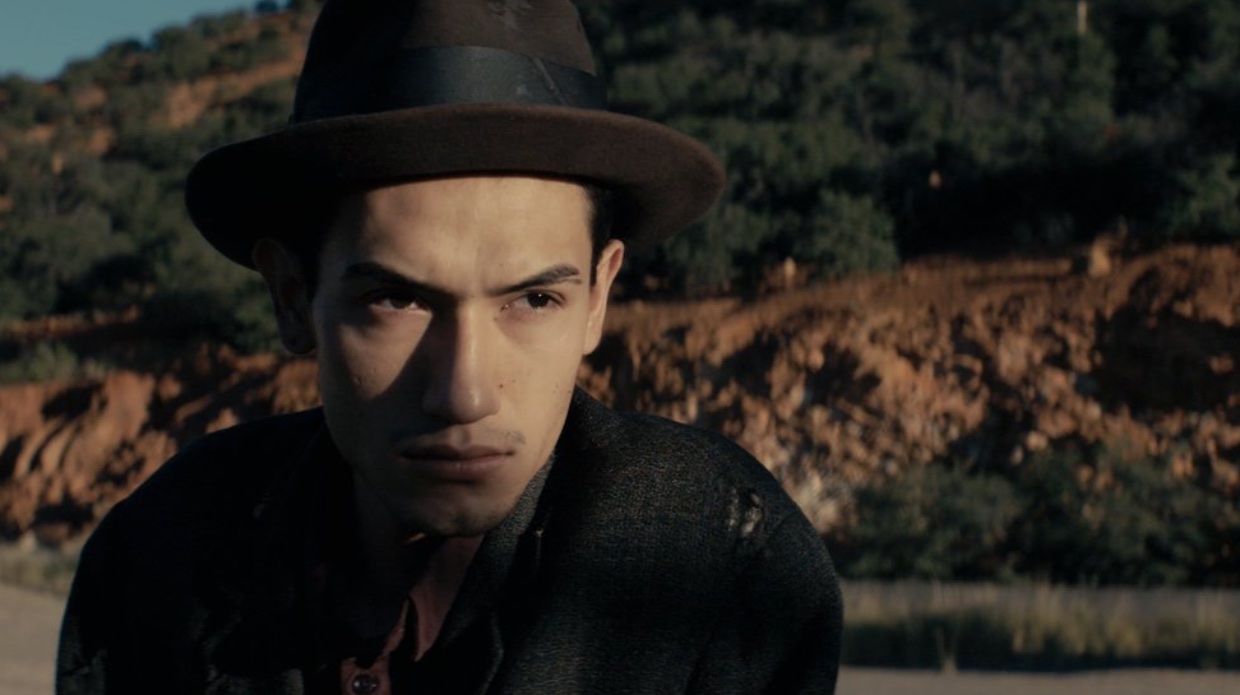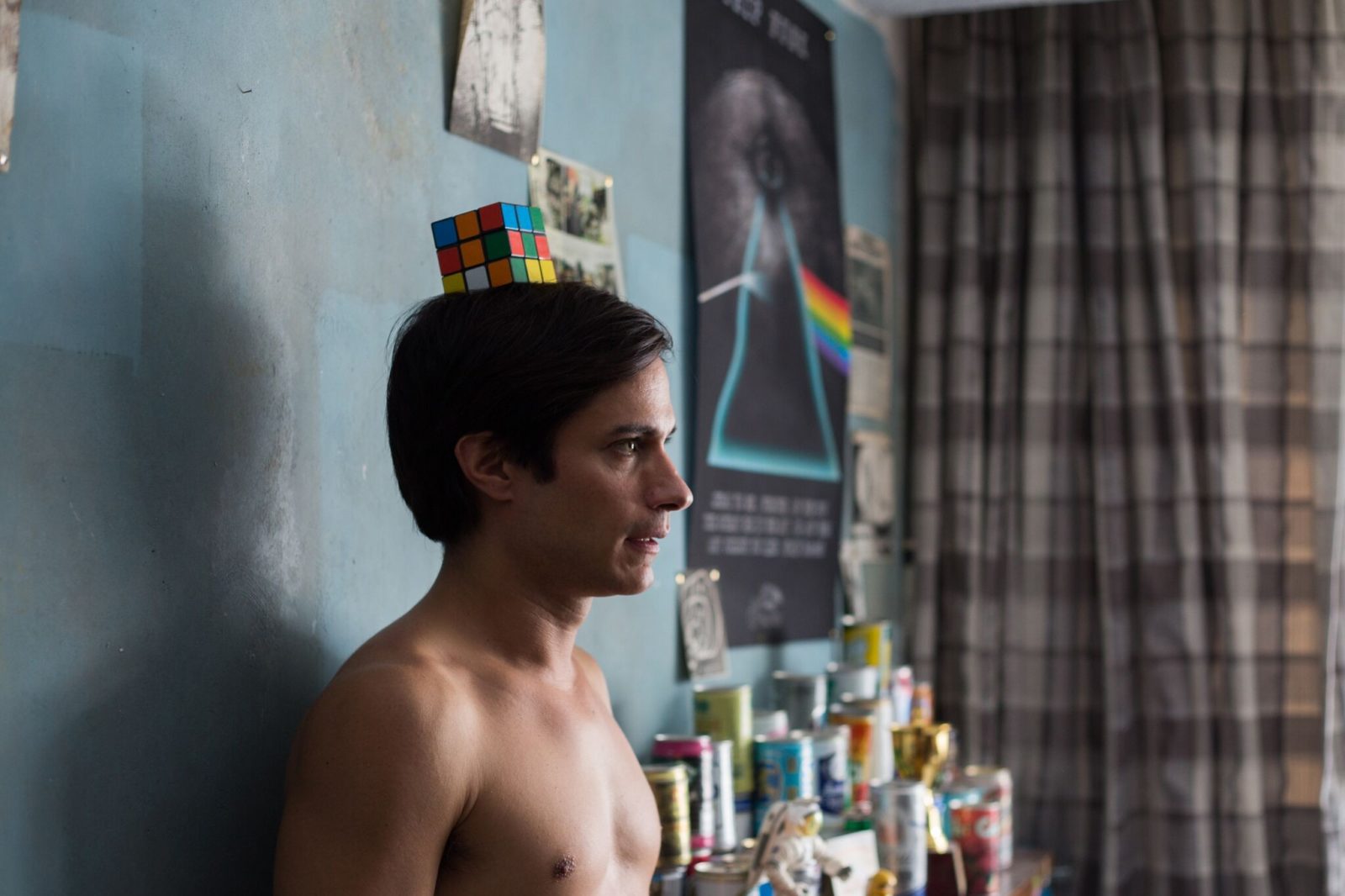Ghosts and Replicas: Bisbee ’17 and Museo

Bisbee, Arizona, is a former copper mining town that, since local mines closed in 1975, has turned to mining its past. While the town emphatically shuns the “fake history” of nearby Tombstone, where tourists can watch costumed reenactments of the gunfight at the O.K. Corral, Bisbee attracts visitors with numerous vintage and antique stores and boasts a hotel and a courthouse that claim to be haunted. The quirky, retro appeal of the community has saved it from becoming a ghost town, but unquiet spirits abound, lurking not in hotel corridors but in the memories of those residents aware of the Bisbee Deportation. In 1917, miners went on strike for better wages and working conditions, having been organized by the radical International Workers of the World (the IWW, known as the Wobblies). At the behest of the mining company, a local sheriff deputized a small army of residents who rounded up the strikers—most of whom were immigrants from Mexico or Eastern Europe—loaded them on railroad cars, and dumped them in the New Mexico desert with a warning that they would be killed if they ever returned to Bisbee.
Not surprisingly, this crime was left out of history books and rarely spoken of by locals, but when director Robert Greene began visiting Bisbee and contemplating a film about the Deportation, he was able to talk townspeople into staging a full-dress reenactment for the hundredth anniversary. His film Bisbee ’17 combines footage of this event—a spectral kind of spectacle—interviews with participants, and scenes of the town, basking in the unreal clarity of the desert light, and the gaping, blood-colored wound of the disused mines. The factual is tightly interwoven with the theatrical, excerpts from a local-history podcast running alongside dramatized scenes, for instance of a miner’s mother begging him not to join the strike. The camera trails after this same young man, Fernando, as he passes through a real estate office and through a doorway into a dusty, derelict theater, the perfect image for the movie’s haunted playacting. As he showed in earlier documentaries like Kate Plays Christine (2016) and Actress (2014), Greene is fascinated by what playing a part reveals about people, and the ambiguity surrounding performance and notions of authenticity (his 2011 documentary on wrestling was called Fake it So Real). When Fernando waveringly sings the IWW anthem “Solidarity Forever” in Spanish, or accompanies another man to visit the desolate wasteland where the strikers were abandoned, the scenes are more about his personal experience than about the history that inspired them. The film gives ample room to both sides in the debate over what happened, revealing the split between newcomers, the artists and “desert hippies” whose arrival revived the town, and long-time residents who staunchly believe the mining company and its backers were right to expel the strikers. Descendants of a deputy who arrested his own brother, a miner, agree to take on these roles; the family is seen leafing through albums for photographs of the two and purchasing a gravestone for the banished man so the brothers can rest together.
The desire for healing is understandable, but nothing in the movie is more unsettling than the way the reenactment ends with those playing the deportees and the deputies shaking hands and patting each other on the back, with one man jovially describing the event as a big “group therapy session.” It seems too easy. Hanging over the end of the movie is an unanswered question: what happened to the men abandoned in the desert? The decision not to include any information about this (though a local historian has labored to track down the deportees’ stories) is a revealing choice, as is the decision not to show old photographs or archival documents, such as diaries, that were used for research. The apostrophe in the title is slyly ambiguous, but the intent is ultimately clear: this is a movie about Bisbee in 2017, not 1917. (Just how relevant it is to 2018 can’t have been possible to imagine when the project was first being planned.) But it is a vividly immersive and troubling illustration of the way the past lives in the present. Ghost stories, family albums, commemorations, and reenactments all spring from desires that are as ordinary as they are impossible: to recover lost time, to know what people really felt and experienced when then was now.
Movies have become our culture’s vehicle for time travel. Period films that re-create earlier eras are nearly as old as cinema itself, but every year brings more showily accurate period detail, more features whose primary pitch seems to be the recreation of a historic event. The idea of advertising movies as “based on a true story” largely arose after the Second World War, when the influence of neorealism and wartime documentaries brought elements like voiceover narration and location shooting, and gimmicks like shooting fictionalized versions of real events on the original locations (or falsely claiming to do so, like Elia Kazan’s Boomerang!). Truth and fiction, authentic documents of the past and cinematic fakery, have become so hopelessly entangled that this confusion itself can be a subject for movies, as in Alonso Ruizpalacios’s Museo. This story about a 1985 theft of pre-Columbian artifacts from an anthropological museum in Mexico City is intensely knowing and self-conscious about its status as both a dramatization of real events (or, as the disclaimer at the opening of the film cleverly puts it, “This story is a replica of the original”) and its status as a descendent of the countless heist movies that have gone before it.

A pre-credit prologue is packed with so many elegantly abbreviated ideas—about whether history should be trusted, about the plunder and dislocation of antiquities, about a brand of defiant irreverence that can be sparked by museums’ hushed, hands-off solemnity—that it leaves your head spinning. These themes return periodically throughout the film, but it is about a lot of other things too. Above all, it is about the enigma of the central character, Juan (Gael Garcia Bernal, who also co-produced), as seen through the wistful, admiring but sometimes exasperated eyes of his friend Wilson (Leonardo Ortizgris). Juan is handsome but constantly taunted about his shortness; arrogantly intelligent, but also a sad-sack loser who lives with his parents and spends time playing Atari with his younger siblings and half-heartedly studying to be a veterinarian. (The settings are meticulous in their 1980s details: chunky touch-tone phones, cassette tapes, Duran Duran T-shirts, lo-fi video games and televisions.) Garcia Bernal’s rigorously un-ingratiating performance makes Juan—sullen, mean-spirited, foul-mouthed—a hard character to like. The dire banality of his life in the suburbs and the dismissiveness of his physician father come as near as anything to accounting for why he gets the idea of robbing the museum.
The heist scene itself alludes to—perhaps it would be fitting in this context to say steals from—classics of the genre (The Asphalt Jungle, Rififi, Thief) with a long, silent, painstakingly precise sequence of the men breaking into the first glass case. But Ruizpalacios also seems determined to top the most stylish cinematic break-ins, building to a dazzling staccato montage, and further adding a dollop of mockery through the bombastic music that accompanies Juan and Wilson as they drive to and from the museum. Throughout, the film combines an array of effects—extreme close-ups that magnify small details, heightened sound effects, rapid flurries of cutting, passages of hand-held shaky-cam—to create a sensory experience that is as overloaded and supercharged with ideas as the script. The biggest idea, and the biggest joke, lies in the irony that, despite having aroused national outrage by stealing priceless cultural treasures (a TV commentator dubs the thieves “enemies of the past”), Juan is hypersensitive about the plunder of Mexico’s cultural heritage by Europe and the United States. Seeking a buyer for their loot, he and Wilson wangle an introduction to a legendary collector, Mr. Graves (a somewhat unsubtle name), played with offhand brilliance by Simon Russell Beale. On discovering his nationality, Juan is affronted, confronting the go-between: “You’re giving our country’s jewels to an Englishman? Graves subtly needles his guests, ignoring their drink requests and serving them very British gin-and-tonics, then unmasking them as the clueless amateurs they are. They spar over whether museums are basically criminal enterprises stuffed with the loot of colonialism, or whether there is “no preservation without plunder,” as Mr. Graves puts it.
After this ego-crushing encounter, Juan starts to unravel, and so does his friendship with the long-suffering Wilson, whom he constantly bullies and insults, finally leading to an ugly, though temporary, split. Juan’s descent is mirrored by his journey from the sleek sparkle of Acapulco to a seedy strip joint and a night of epic debauchery on a beach, where his companion is a woman he recognizes from her starring role in one of his favorite porno movies. This is yet another riff on the theme of originals and replicas, like the stolen jade mask (which seems to represent a mystical, menacing power of the past to which Juan is still susceptible) and an identical copy with which it is replaced in the museum. The woman (Leticia Brédice) bears another telling name, Sherezada, invoking the tale-spinner of the Thousand and One Nights. The voiceover narration that runs through Museo has a hushed, pensive, retrospective tone, but it ends with a twist that cheekily casts doubt on all that went before, as Wilson recalls his friend’s injunction not to “ruin a good story with the truth.”
Film is always a replica, a reenactment, a reanimation. From its earliest days cinema has been conscious—often wittily, sometimes uneasily—of its slippery position between fact and fantasy. The camera doesn’t lie, yet in some way it always lies, because it captures only what it can see. Both Museo and Bisbee ’17 gesture toward the things we cannot know, the inevitable incompleteness of history. The past can be studied, plundered, dramatized, consumed, fought over—it is at once a museum, a theater, a flea market, and a bone of contention. The only thing it cannot be is put to rest.
Imogen Sara Smith is the author of In Lonely Places: Film Noir Beyond the City and Buster Keaton: The Persistence of Comedy, and has written for The Criterion Collection and elsewhere.







